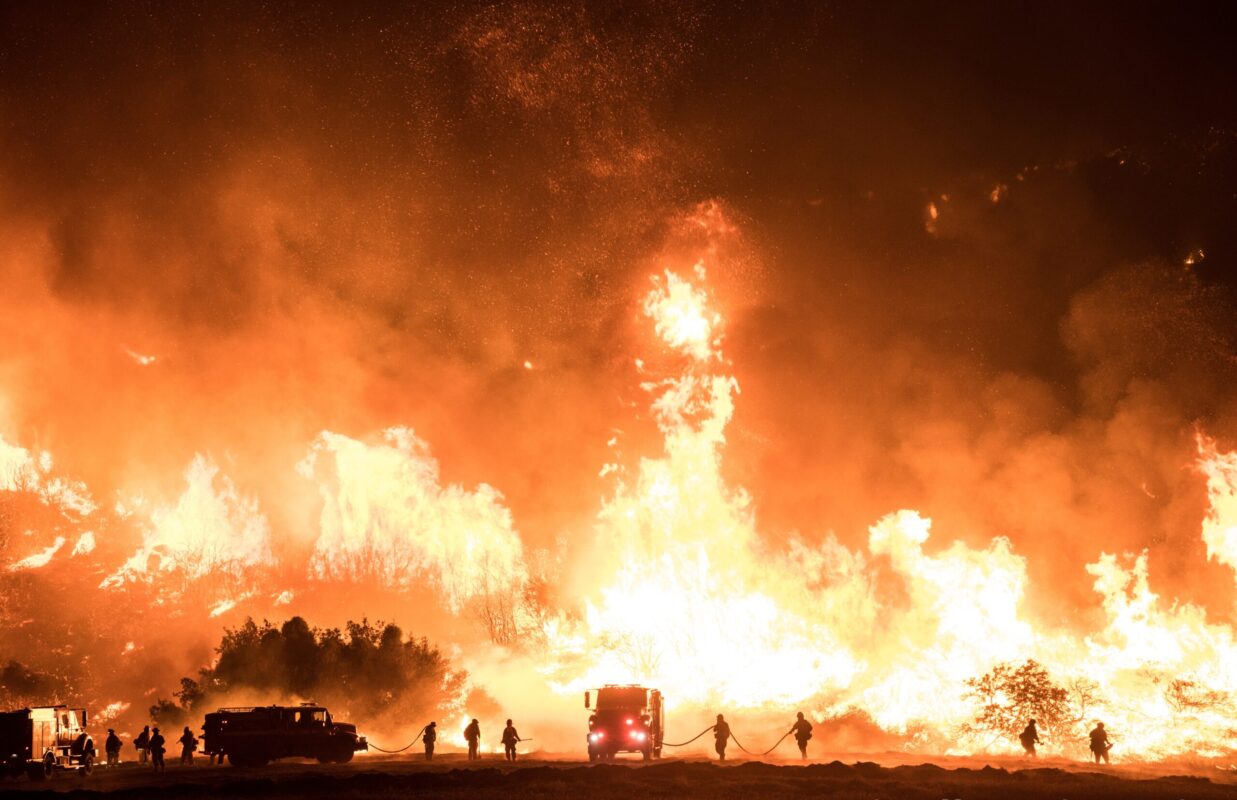
Communications
We tell the story of the IAFF – to members, the public, elected officials, and other stakeholders. Our team is a full-service, in-house marketing communications agency, offering affiliates an extensive suite of services to build and maintain the IAFF union brand.
What We Do
We find and share compelling stories of our members to power our union’s digital presence, engage our stakeholders, and advance the fire service. These stories are shared across our social media channels, to the press, and used to lobby elected officials on our issues.
We build positive relationships with journalists and news outlets all over the US and Canada. We issue press releases, organize press conferences, respond to media inquiries, and coordinate interviews to convey the union’s perspective on relevant issues.
We manage the IAFF’s social media accounts, engaging with members and the public to share important information with our members and to advocate for policies that directly benefit our members and their families.
Services for IAFF Members
We partner with E-18 Media to provide full-service video production for locals, including script writing, filming, and editing. E-18 also manages the visual effects and recording for all IAFF events, ensuring members have up-to-date information readily available online.
We manage internal communication within the IAFF, ensuring that information is effectively disseminated to members. This includes updates on negotiations, changes in policies, upcoming events, training, and other relevant news.
We train affiliate leadership on how to effectively communicate with their members, elected officials, the general public, and the media. We host an annual Communications Training Academy to train IAFF members how to strategically communicate with both internal and external stakeholders and provide media training.
Our custom Public Safety Messages reinforce the important work of fire and emergency services in the community. Use our resources to promote safety and remind the public their IAFF affiliate is ready, no matter the call.